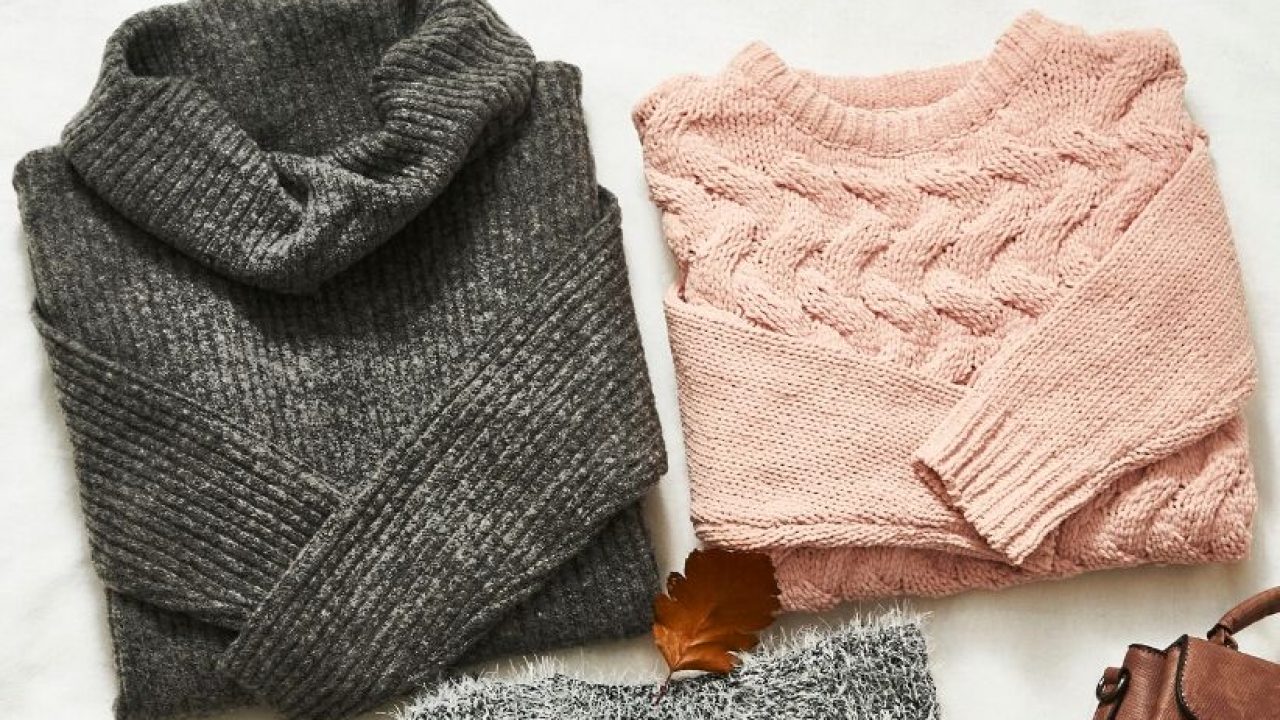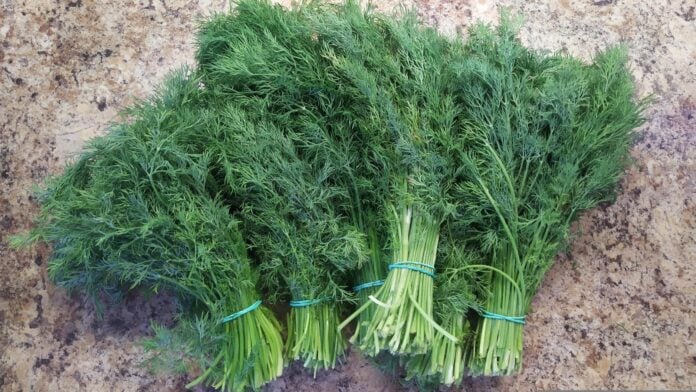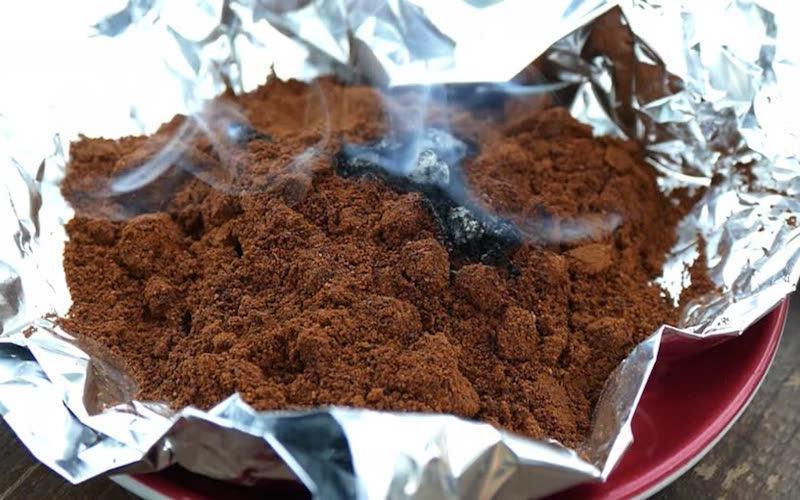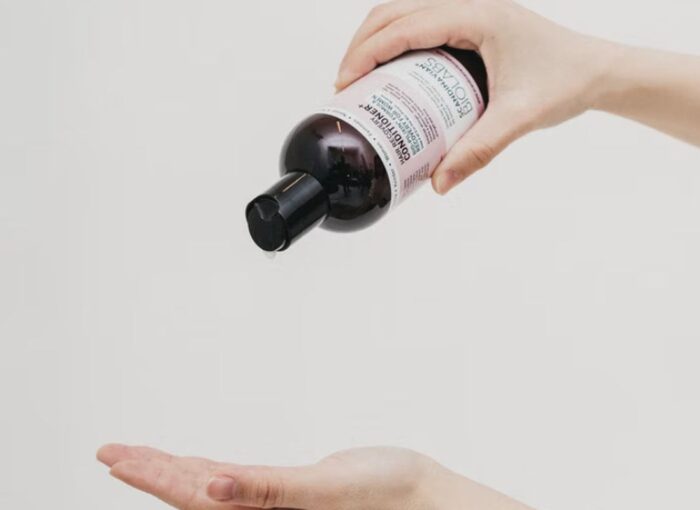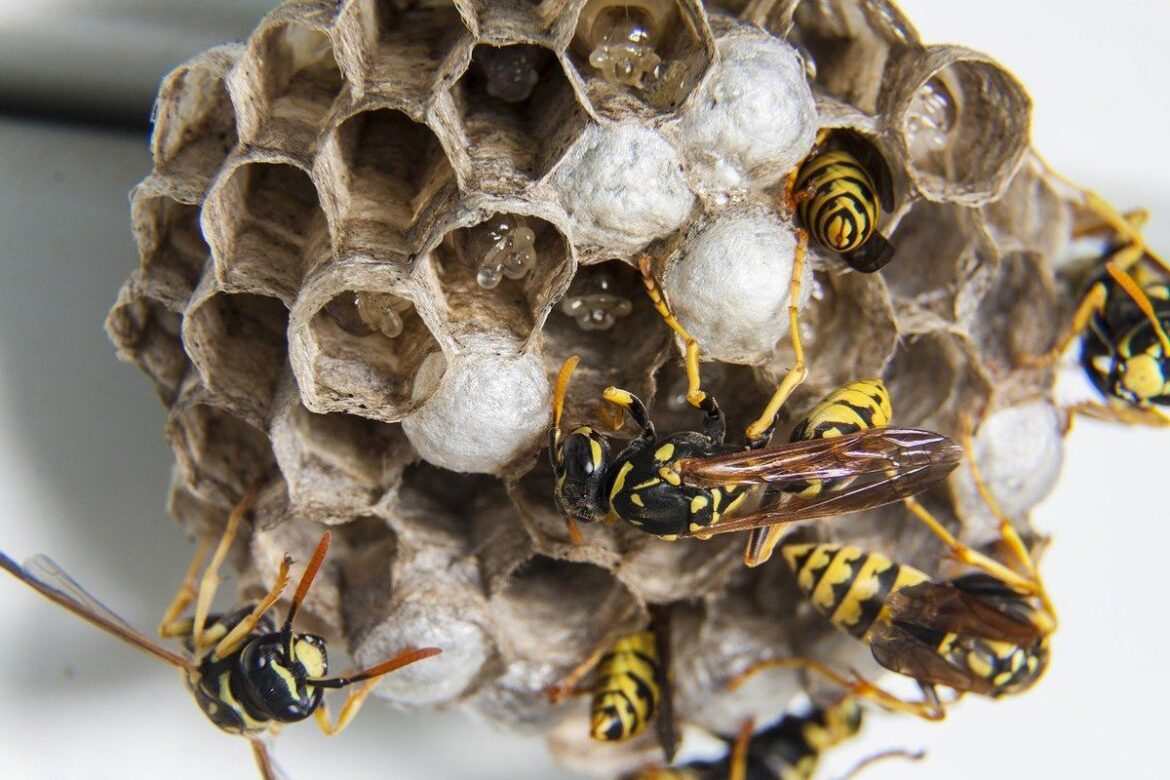
0
Often, with the onset of the season of warm tights and closed shoes, girls stop taking care of their feet regularly. But, oops, at some point the heat suddenly sets in, and the sandals show all the imperfections on the toes and heels.
The guaranteed right decision in such a situation will be to make an appointment with your favorite master for a pedicure. But who did not first try to solve the problem with methods overheard by grandmother or read on the Internet... So, what a pile of foot care mistakes clients bring to their masters
Exfoliating socks
Socks with an acid composition for skin peeling are a fashionable way to guaranteed spoil your feet. The principle of use is ridiculously simple: you need to put them on, wait 1-2 hours (!), on the 5-7th day feel like a molting lizard and, according to the manufacturer's statement, enjoy the baby's heels after the skin slips.
What is the trick?
To use active acids for long-term exposure without the supervision of a specialist is, to put it mildly, dangerous. No one offers you to do Jessner peeling yourself?
If you have better regeneration than a lizard, you'll get the keratosis back to where it briefly left pretty quickly. And if your skin is a little more delicate, or has areas of finer keratosis, sores and damage, the bonus will be very rough heels, prone to cracking, yellow skin on the feet, burns and a lot of swearing from the pedicurist you go to you will still come in attempts to polish the variegated fringe.
Pumice
This enemy of beautiful feet has been written about more than once. But even clients, meticulously informed by the boring master, periodically admit that they reach for the cherished bar. Let's remember what is wrong with pumice stone.
What is the trick?
Pumice stone is an abrasive created by nature itself, and GOST is not written by nature. The rough particles are unevenly located, so the pumice stone will stroke you somewhere, and somewhere else it will remove the excess.
It is customary to use pumice stone on wet, steamed skin, so you are guaranteed to have breaks in the keratin layer and, as a result, deep peeling and even cracks.
Coarse graters for feet
Usually, those who have been taking care of their feet for a long time from the "wash and go" category want to solve the problem of raised keratosis in a week. Therefore, the grater for the feet is taken harder (just to be sure!), rub her heels in all possible directions and repeat the procedure every other day. What in the end? Bright pink feet, rubbed in places almost until the morning - it hurts to step on them, they instantly form calluses like soft blisters.
What is the trick?
1. Too frequent and active cleaning of the feet leads to the fact that the skin builds up a protective barrier at the speed of sound. The normal frequency of performing a pedicure — at least on your own, at least with a master — is once every 3-4 weeks, no more often.
2. Friction of the feet without taking into account the pattern of the skin threatens with surface tears. As a result, we will get the effect of "scales standing on end".
3. Too hard abrasive often causes injuries, and the lack of finishing sanding leads to the formation of rough dry folds that easily crack and cause pain.
Pedicure with a blade
This procedure was often used even in salons during the time of our mothers and grandmothers. And today, many people try to use a dangerous method of pedicure at home. The principle of the procedure is simple: the feet are steamed in a bath with warm water, and then excess skin is removed with a special blade.
What is the trick?
1. It is very difficult to twist your foot so as not to remove the excess - during treatment, scratches and even wounds are often formed, which become infected at once.
2. If you do not use a single-use personal machine, but, for example, a shared one with your mother or sister, you get huge risks of transmitting infections: from viral to bacterial.
3. Even if you did not cut yourself, expect a quick and uneven return of the removed hyperkeratosis. The blade cuts the skin too deeply, and our body grows the loss back in a panic. A week later, it will be tempting to remove the growth again - and, hello, a vicious circle. The skin with such regular barbarism looks terrible, cracks, "delights" with rough peeling. Don't do that!


 306
306






